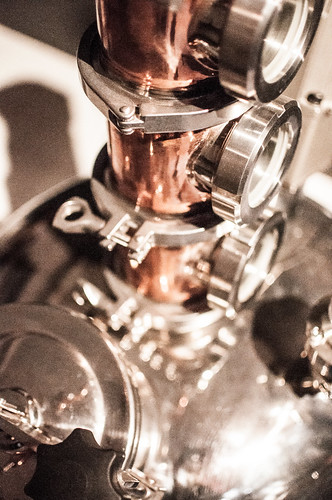"It's not spelled with an e." A brief history of the whisky vs. whiskey debate
One rather balmy December day nearly eight years ago, celebrated New York Times author Eric Asimov published an in-depth piece comparing a number of 12 year old Speyside Scotches. Within hours, single malt enthusiasts the world over had left him angry messages.
Was it because he’d rated The Glenlivet above Macallan? Or had he perhaps done the unthinkable and added ice to the tasting?
Neither, it turns out.
Rather, he’d scattered the offensive letter “e” all about his article in the worst of places — between the “k” and the “y” in the word whisky. One commentator even found Asimov’s use of “whiskey” to make the “article quite unreadable,” a faux pas that “a reputable writer should not make.”
The source of the outcry is not simply a case of lexical whimsy. The genesis of these Scotch enthusiasts’ anger dates back centuries, highlighting rivalries between the British Isles second and third most populous countries.
Some claim that the linguistic rift began when frugal Scottish printers found they could save money by shedding vowels from words like a sinking boat jettisoning anvils.(1)
Others claim that the spelling divergence arose in the 1870s, when Irish distillers sought to distinguish their spirit from the Scottish swill that had flooded the market after the advent of the Coffey still.
The type of still that once ruled Scotch.
Regardless of the source of the rift, the difference in spelling is not merely an exercise in academic nerdery. Both the Scottish and the Irish seem to find — bound up within the spelling — a symbol of their culture; as one critic of Mr. Asimov summed up in asserting the use of “whiskey” in reference to Scotch: it’s “an embarrassing solecism unworthy of the New York Times.”
This makes sense. The Scottish and Irish have a centuries-old, somewhat friendly rivalry (2)— the type of rivalry that claims sports and spirits as its main sticking points. Adding fuel to this rivalry, Scotland likely pilfered the concept of whisk(e)y — or uisge baugh, as the Irish called it — then proceeded to become the dominant exporter of the spirit worldwide, while Ireland’s whiskey industry struggled through multiple internecine and international wars, along with U.S. Prohibition.
If the difference in usage stopped with just Ireland and Scotland, there wouldn’t be much to worry about. Just like the “i before e, but not after c” rule, we’d memorize it and be done.
But bright line rules are for managers and mathematicians, not whiskey-makers. A world without complexity wouldn’t need whiskey in the first place. So to complicate matters, since the original linguistic split between Ireland and Scotland centuries ago, the U.S. has for the most part adopted the Irish spelling, while Canada and Japan have opted for the Scottish spelling.(3)
A world without complexity wouldn’t need whiskey in the first place.
Newer distilleries opening as far afield as India and Australia often choose the Scottish spelling as well, likely due to the reputation for quality that Scottish distillers have given to the term “Scotch whisky” in the past few decades. Even a few distilleries in the U.S. elect to use the Scottish spelling — Maker’s Mark chief among them — which likely stem from the companies’ Scottish heritage.
But not all newcomer distilleries prefer the Scottish spelling. Take for example, Mexico’s Dorwart Whiskey, which prints “Whiskey” prominently on the front of each bottle.
Dorwart’s market entry confounds the catchy rule that many whisk(e)y writers had developed through the years to remember which spelling goes with which country. The rule went something like this: if the country has an “e” — namely, Ireland and the United States — its spelling of whiskey does, too; if the country lacks an “e” — namely, Scotland, Canada, and Japan — its spelling of whisky does, too.
Nowadays, perhaps the easiest rule to remember, if you’re into accuracy, is that the place that made whiskey first (Ireland), the place that made whiskey most recently (Mexico), and the place that makes whiskey the best (United States) all use the “e”.(4) Everyone else sheds the "e".
When referring to the spirit generally, you can refer to it as whiskey with the "e", as is the custom here in the US. But if you come within ten characters of the word Scotch, you'd be well-advised to drop the "e" like the Dodgers dropped Brooklyn almost a half-century ago. Even the New York Times Monsieur Asimov might agree.
— — — — —
(1) To which the Scottish retort: “It only takes us two distillations to get it right” — a direct jab at the traditional Irish method of triple distillation.
(2) Some Irish don’t necessarily view it as quite so friendly.
(3) Japan’s use of “whisky” makes sense, as the godfather of Japanese whisky, Masataka Taketsuru, trained at the now-defunct Hazelburn Distillery on Scotland’s Kintyre Peninsula. Canada’s adoption of “whisky” may reflect its historic ties with the Crown.
(4) We jest. In addition to distilleries in the US, distilleries in Japan, Scotland, and Taiwan all bottle some of our favorite drams of all time.

